How can AI in Rail Industry improve safety and security for the railway transportation?
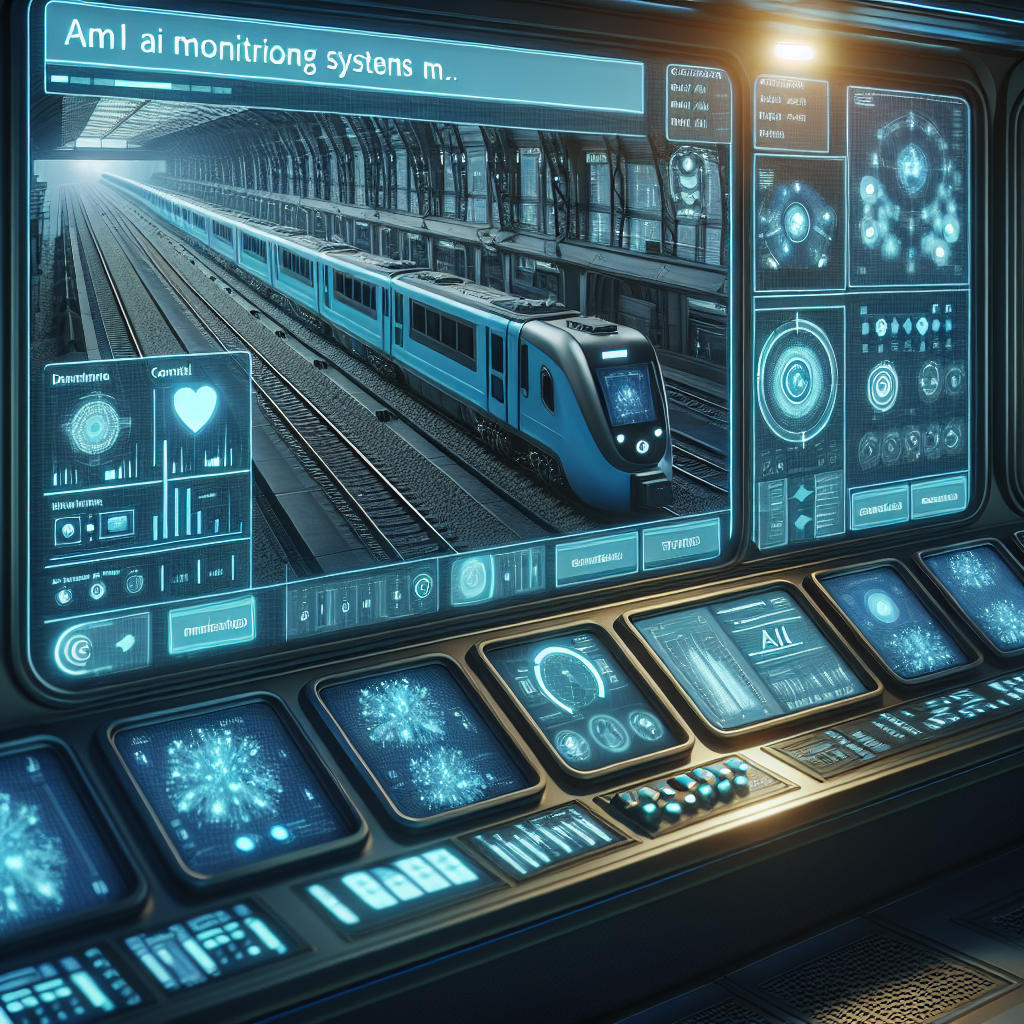
AI in Rail:
The rail industry has always embraced technological advancements to improve efficiency and safety. Among these innovations, Artificial Intelligence (AI) stands out as a transformative tool, enhancing safety, security, and operational efficiency. From predictive maintenance to cybersecurity, AI in rail is leading the way in revolutionizing railway transportation.
1. Predictive Maintenance with AI in rail:
AI-powered predictive maintenance allows rail operators to shift from traditional time-based or usage-based maintenance to data-driven forecasts. By analyzing sensor data from trains and tracks, AI in rail can predict potential failures before they happen, enabling timely interventions, minimizing breakdowns, and preventing accidents.
How Predictive Maintenance Works:
AI in rail uses machine learning algorithms to analyze large datasets from sensors that track key parameters such as vibration, temperature, and pressure. By spotting anomalies like irregular vibration in a train’s wheel, AI predicts potential failure and alerts the maintenance team to take action.
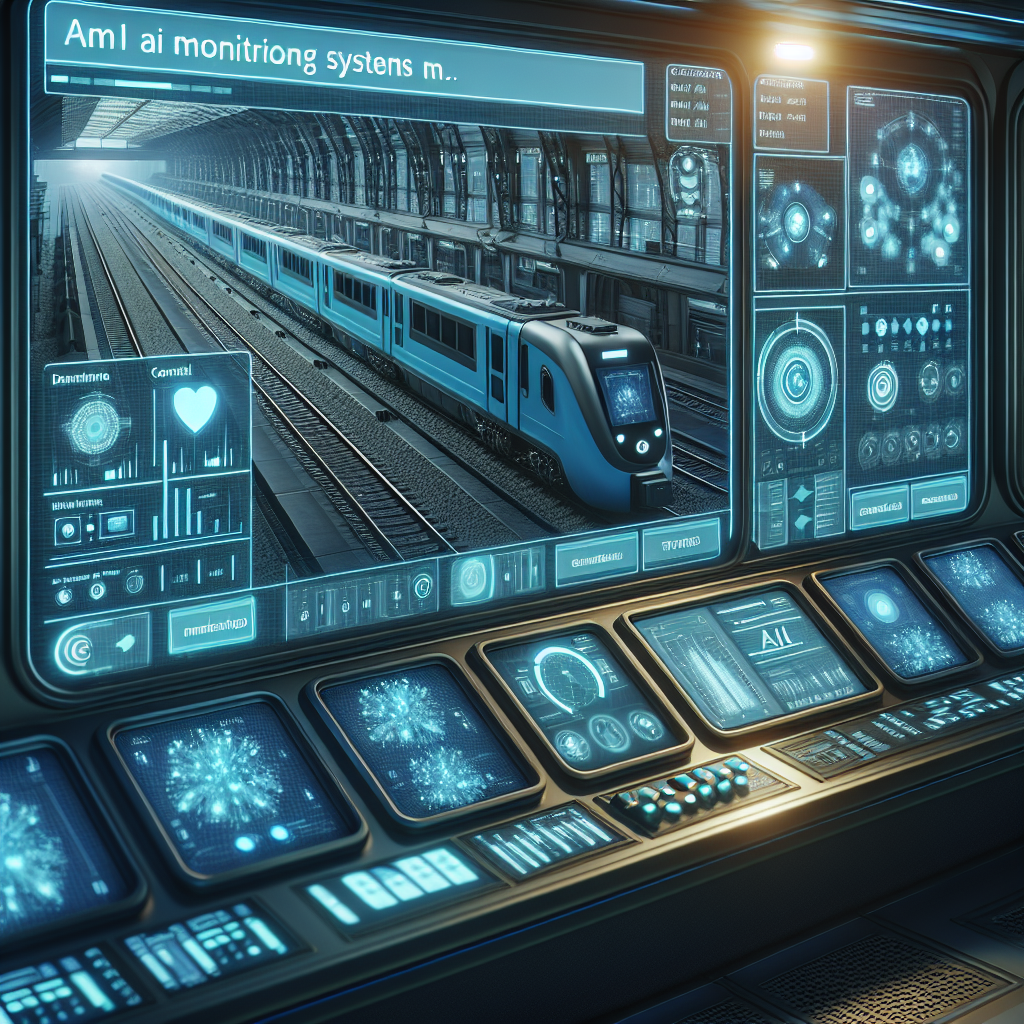
2. Real-Time Monitoring and Alerts:
AI enhances real-time monitoring of trains and infrastructure by detecting abnormalities such as track obstructions or faulty signals. With real-time alerts, AI in rail enables immediate response, reducing the risk of accidents and improving safety.
How Real-Time Monitoring Improves Safety:
By continuously processing data from sensors, cameras, and GPS devices, AI identifies deviations from normal conditions and sends alerts. For example, AI in rail can detect obstructions on tracks and signal malfunctioning, prompting rapid action to prevent accidents.
3. Enhanced Security Surveillance:
AI in rail is transforming railway security by analyzing video footage to detect suspicious activities, identify unattended luggage, and monitor restricted areas. Integrated facial recognition allows for real-time threat detection, providing a safer environment for passengers and staff.
How AI Strengthens Security:
Advanced AI in rail algorithms analyze video footage in real-time to detect suspicious behaviors and identify potential threats. Automated alerts allow security personnel to respond swiftly, enhancing surveillance efficiency and ensuring passenger safety.
4. Optimized Traffic Management:
AI in rail plays a key role in optimizing train schedules and traffic management. By analyzing multiple data sources such as weather conditions, train speeds, and track availability, AI ensures efficient traffic flow, reducing congestion and preventing collisions.
How AI Manages Rail Traffic:
AI-powered traffic management systems process real-time data and make decisions to adjust train schedules, reroute trains, and prevent congestion. This improves both safety and operational efficiency by minimizing delays and preventing accidents.
5. Improved Incident Response:
AI in rail provides real-time situational awareness during emergencies, helping coordinate response efforts. By analyzing diverse data sources, AI assists emergency teams in making informed decisions, ensuring swift and effective incident management.
How AI Improves Emergency Response:
In the event of a derailment or security threat, AI analyzes sensor and camera data to assess the situation, providing critical information to emergency teams for faster, more coordinated responses.
6. Cybersecurity:
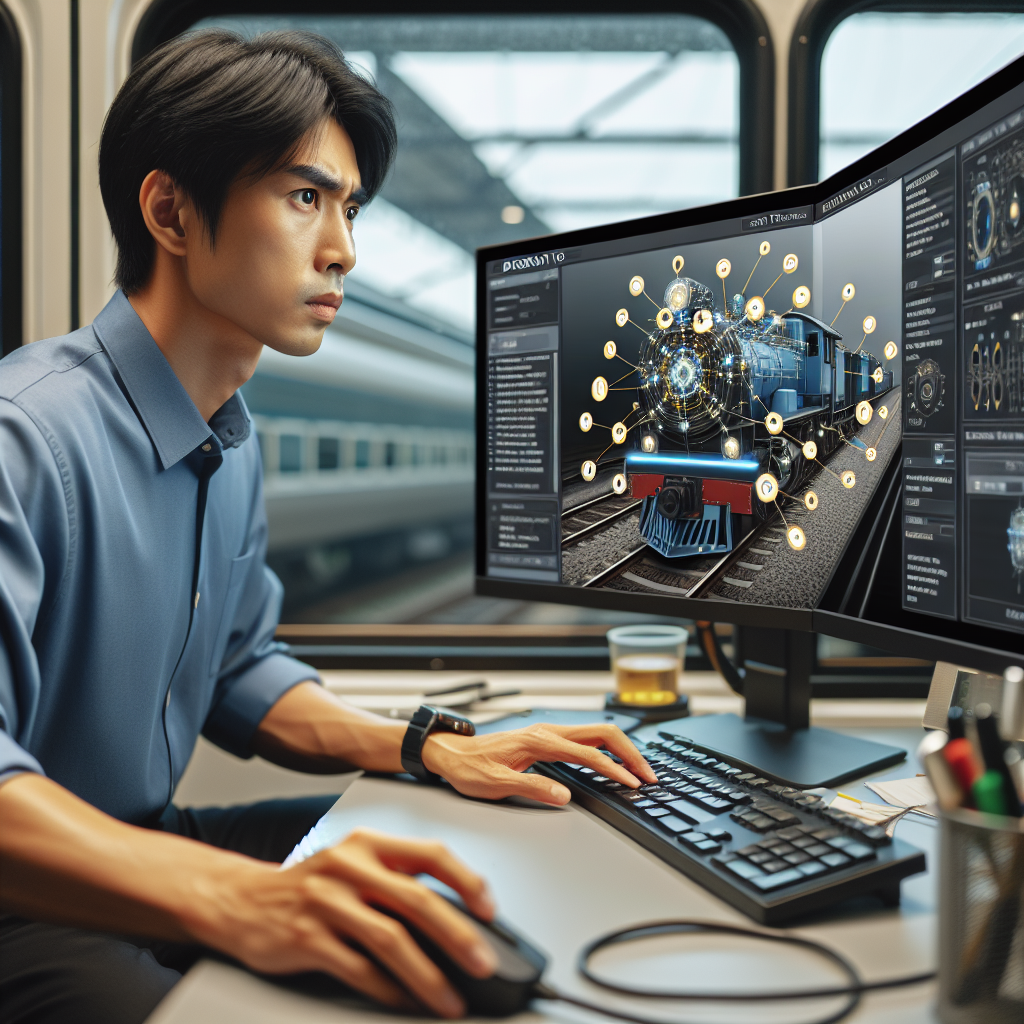
AI in rail is crucial in defending railway systems against growing cyber threats. AI algorithms monitor network traffic to detect potential cyberattacks and implement proactive measures to safeguard critical infrastructure, ensuring uninterrupted and secure operations.
How AI in rail Strengthens Cybersecurity:
AI continuously monitors network activity to detect anomalies that could signal cyber threats. AI-driven cybersecurity enables rail operators to prevent breaches and maintain the integrity of railway systems.
Conclusion:
AI in rail is revolutionizing the rail industry by enhancing safety, security, and operational efficiency. From predictive maintenance to real-time monitoring and cybersecurity, AI provides a range of solutions that are transforming the way rail transportation operates. As AI technologies evolve, the future of railway transportation will become even safer and more reliable.
How does AI improve safety in railway transportation?
What is the role of AI in railway cybersecurity?
How does AI-powered predictive maintenance work?
How does AI enhance security surveillance on trains and in stations?
How does AI optimize train traffic management?

More Articles
Categories
 X
X


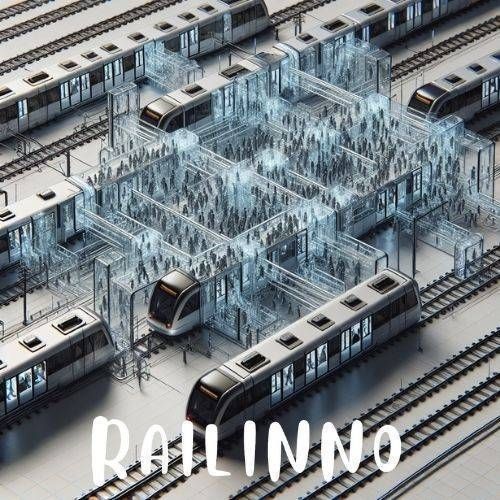



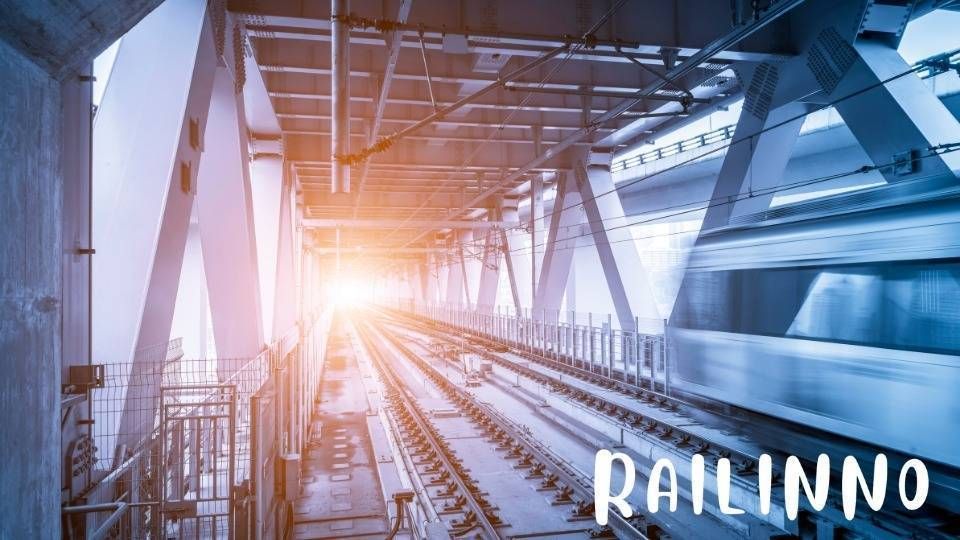


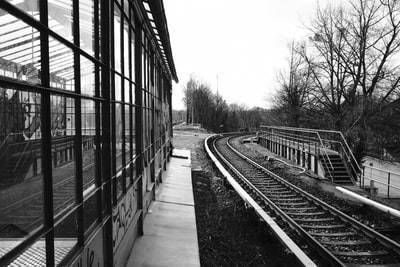
Leave a Reply